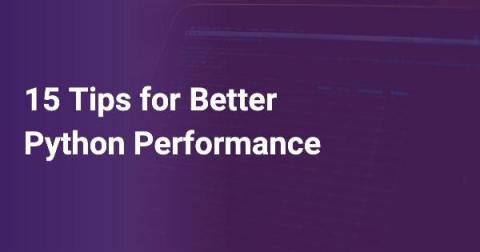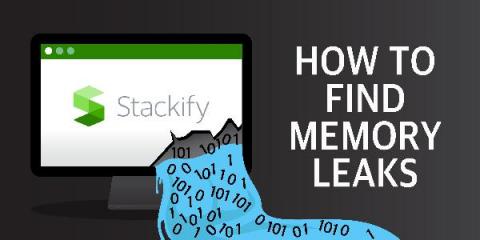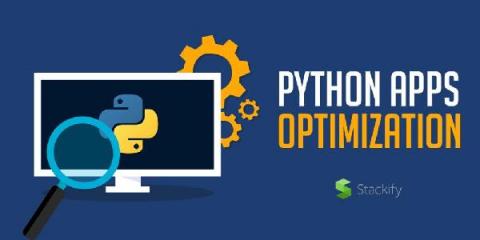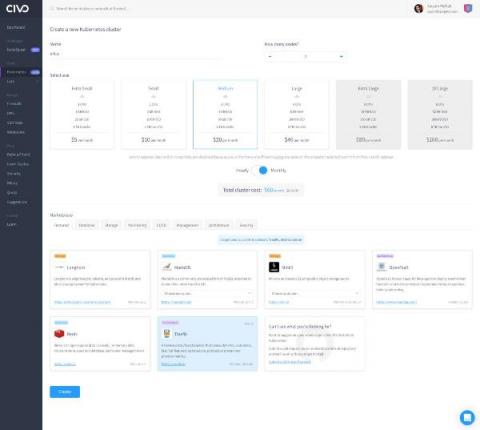Publishing a Python package
For many software engineers and developers, using standard libraries or built-in objects is just not enough. To save time and increase efficiency, most developers build on work done by others. Whatever the coding problem, there is likely another programmer who has already created a solution for it. There is usually no need to repeat the problem-solving process. This principle is known as Do not Repeat Yourself or DRY.










